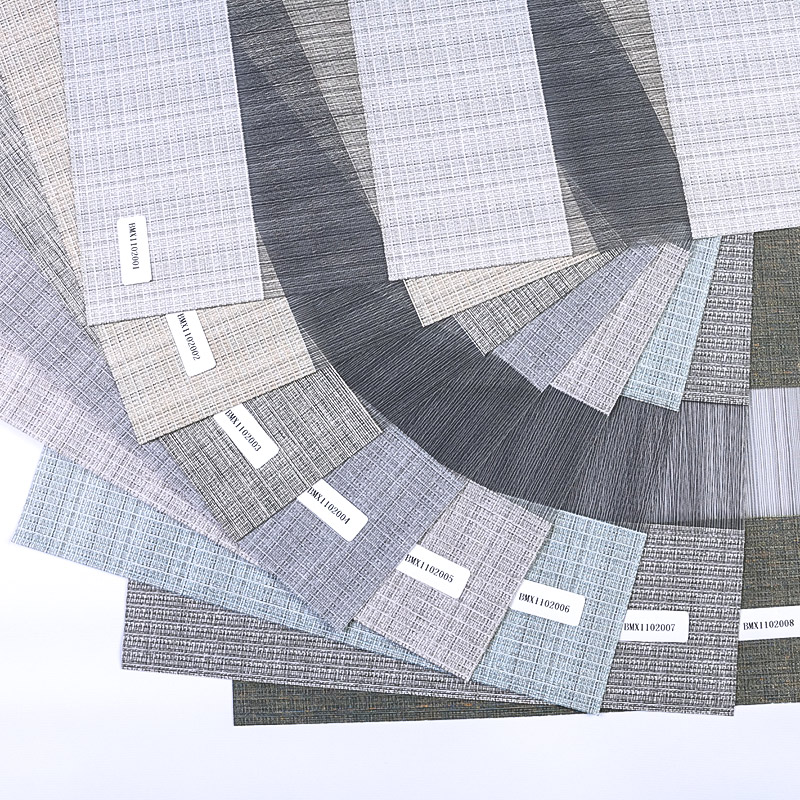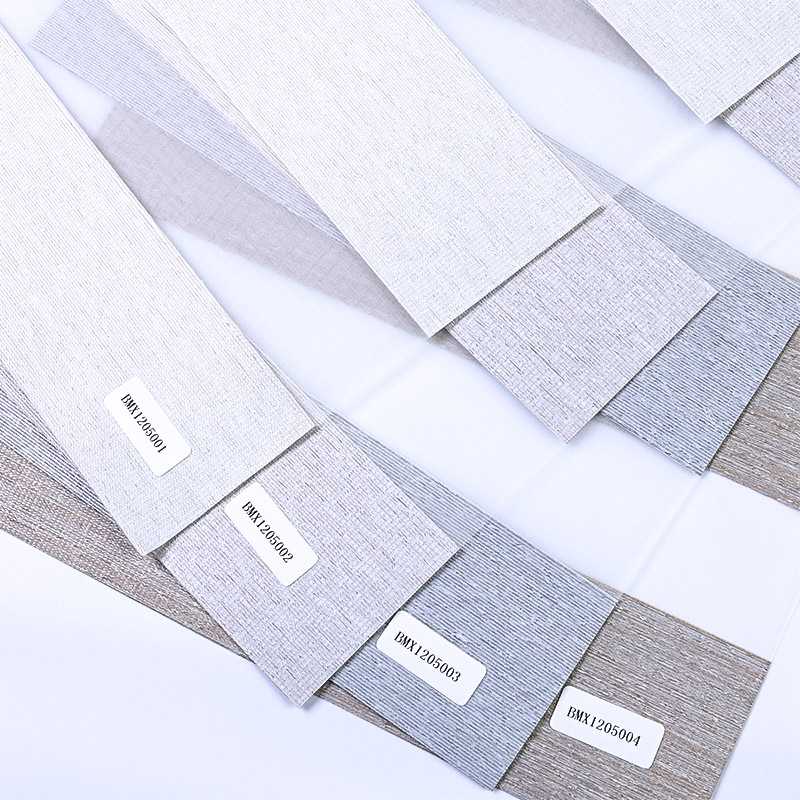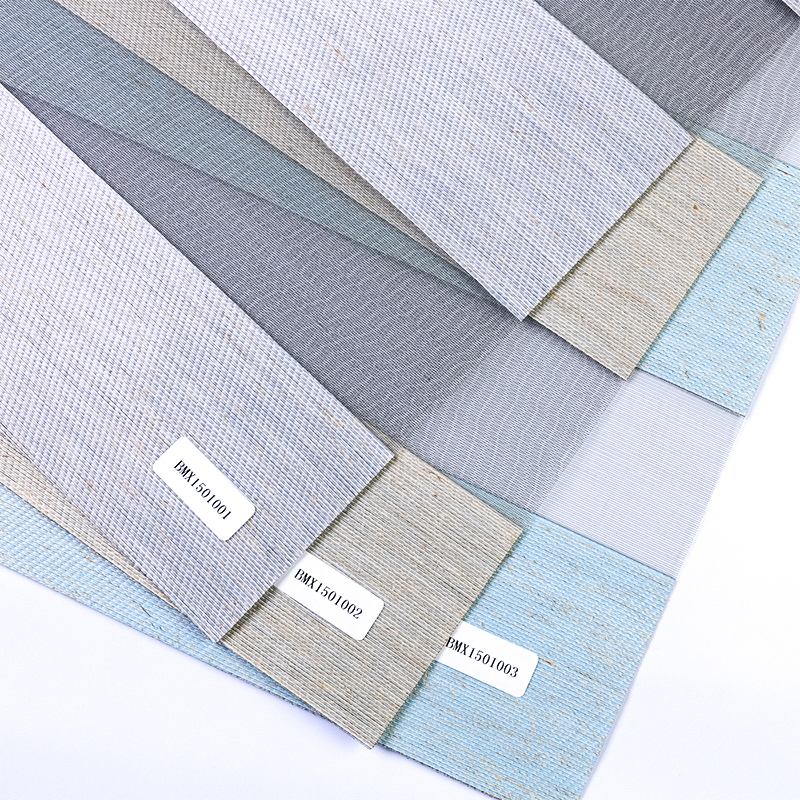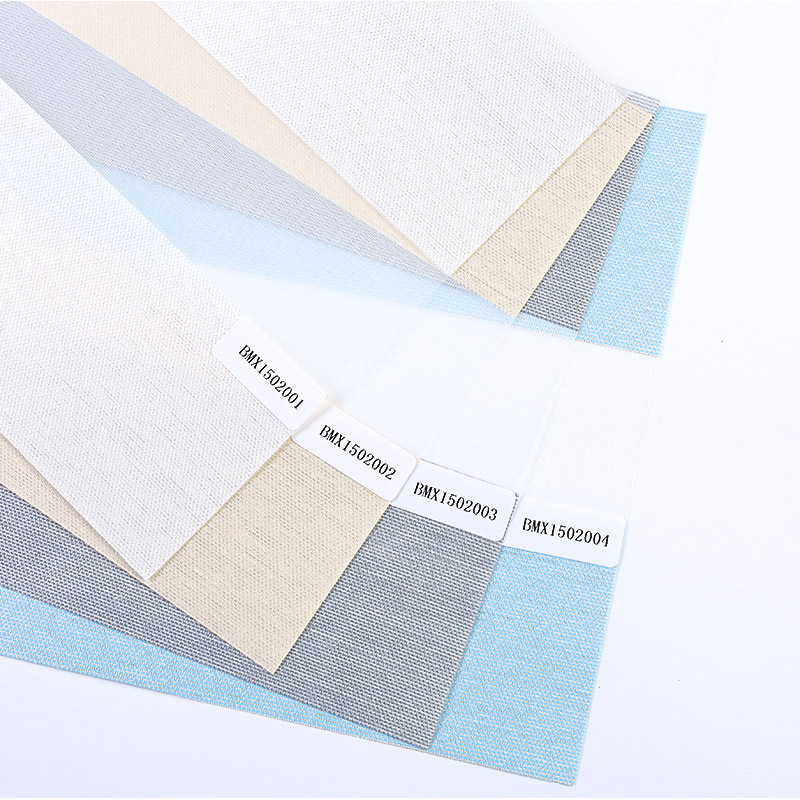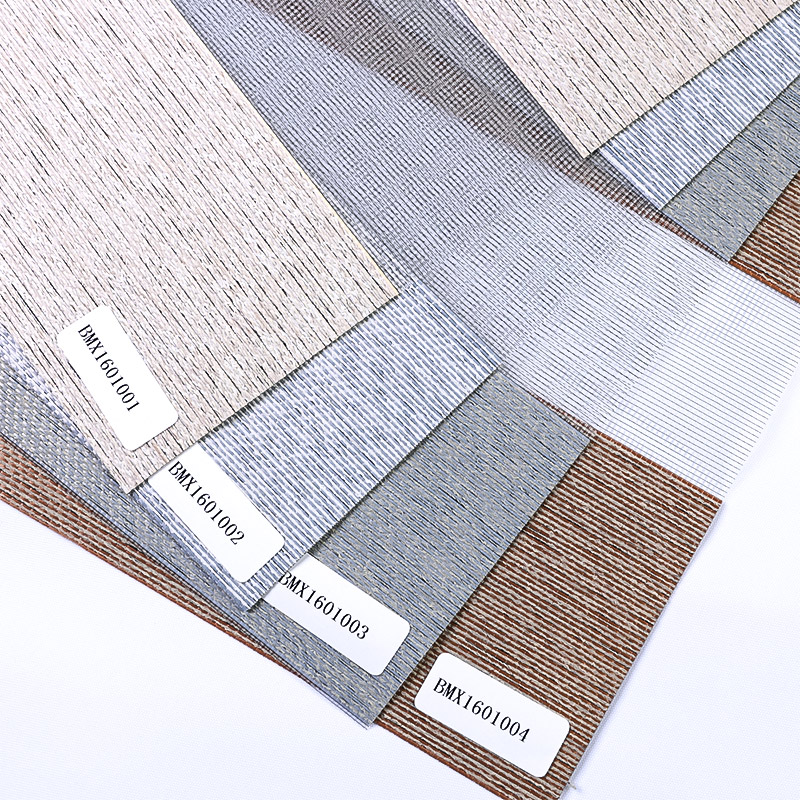Maintenance and cleaning requirements for blackout window fabric can vary depending on the specific fabric type and manufacturer's recommendations. Here are some general guidelines to consider:
1.Regular Dusting: Dust and airborne particles can accumulate on blackout window fabric over time, diminishing its appearance and light-blocking effectiveness. To maintain the fabric's cleanliness and prevent dust buildup, it's advisable to use a soft, clean brush or a vacuum cleaner equipped with a soft brush attachment. Gently run the brush or vacuum over the fabric's surface to remove loose particles. This routine maintenance should be performed at regular intervals.
2.Spot Cleaning: Accidental spills or stains may occur on blackout window fabric. To address such incidents, it's essential to act promptly. Begin by blotting the affected area with a clean, dry cloth or paper towel to soak up excess moisture. Then, follow the manufacturer's guidelines for spot cleaning. Typically, this involves using a mild detergent or upholstery cleaner mixed with water. Apply the solution to a clean, white cloth and dab the stained area gently. Avoid rubbing vigorously, as this could spread the stain or damage the fabric. Afterward, blot the cleaned area with a separate clean, damp cloth to remove any residue.
3.Hand Washing: Some blackout fabrics are designed to be hand washable. If this is the case for your fabric, carefully follow the manufacturer's instructions for hand washing. Use a mild detergent and lukewarm water, and avoid wringing or twisting the fabric to prevent stretching or distortion. Rinse thoroughly and allow it to air dry.
4.Machine Washing: Check the care label or manufacturer's instructions to determine if your blackout fabric is safe for machine washing. If it is, place the fabric in a washing machine on a gentle cycle with cold water. Use a mild detergent specifically recommended for delicate fabrics. Avoid using bleach or harsh chemicals, as they can damage the fabric's fibers and coatings. Once the washing cycle is complete, remove the fabric promptly to prevent wrinkles, and allow it to air dry.
5.Drying: After washing, it's crucial to let the blackout fabric air dry naturally. Avoid using a tumble dryer or excessive heat, as high temperatures can compromise the fabric's integrity and its light-blocking properties. Hang the fabric in a well-ventilated area, and ensure it is fully dry before re-installing it in your window.
6.Steam Cleaning: Some blackout fabrics may be suitable for steam cleaning. Refer to the manufacturer's recommendations for the specific care and cleaning of your fabric. If steam cleaning is recommended, use a garment steamer or upholstery steam cleaner according to the provided guidelines. Be cautious not to saturate the fabric excessively with steam, as this can lead to moisture damage.
7.Professional Cleaning: For heavily soiled or delicate blackout fabrics, it's advisable to seek professional cleaning services. Experienced professionals have the expertise and equipment to clean the fabric effectively while minimizing the risk of damage. Before choosing a professional cleaner, verify their experience with blackout fabrics and inquire about their cleaning methods and processes.
8.Avoiding Abrasives: To preserve the appearance and longevity of blackout fabric, refrain from using abrasive materials or brushes during cleaning. Scratching or abrading the surface of the fabric can cause visible damage or reduce its light-blocking capabilities.
9.Maintaining Hardware: If your blackout window fabric is part of a curtain or blind system, it's essential to perform routine inspections and maintenance of the associated hardware. Check for any signs of wear or malfunction and address them promptly. Lubricate moving parts as recommended by the manufacturer to ensure smooth and reliable operation.
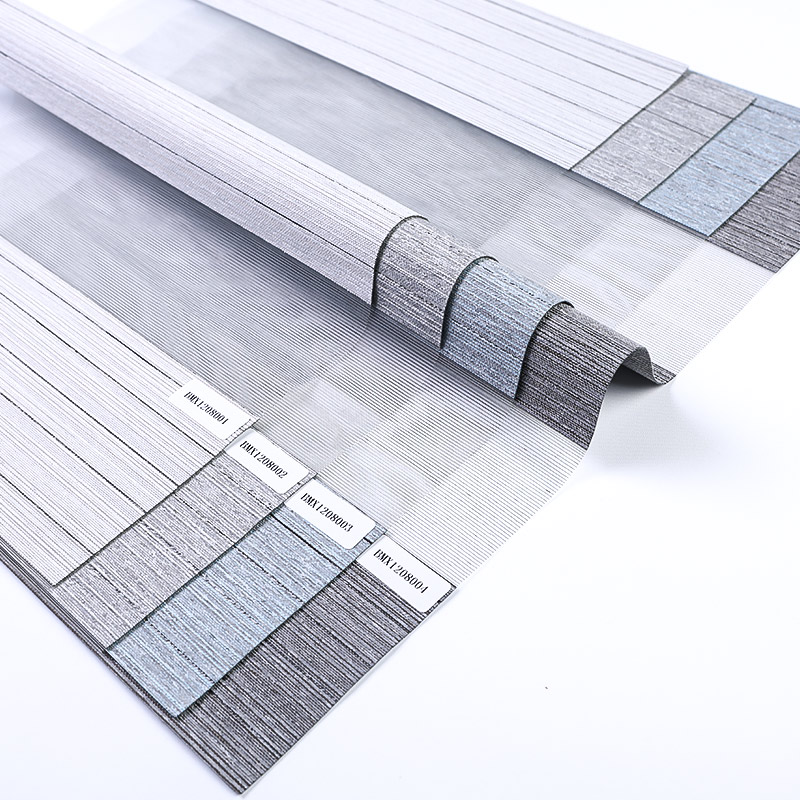

Use window: French Window
Standard: Bead Rope
Opening and closing method: Upper and Lower Biparting Open
Craft: Plain
Installation method: Ceiling Installation, Exterior Installation, Side Installation, built-in


 EN
EN  英语
英语 中文简体
中文简体